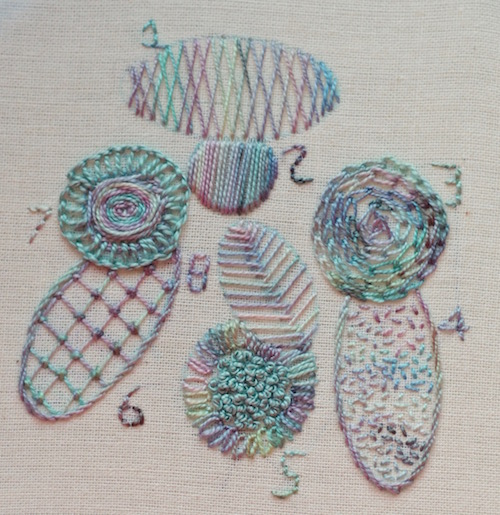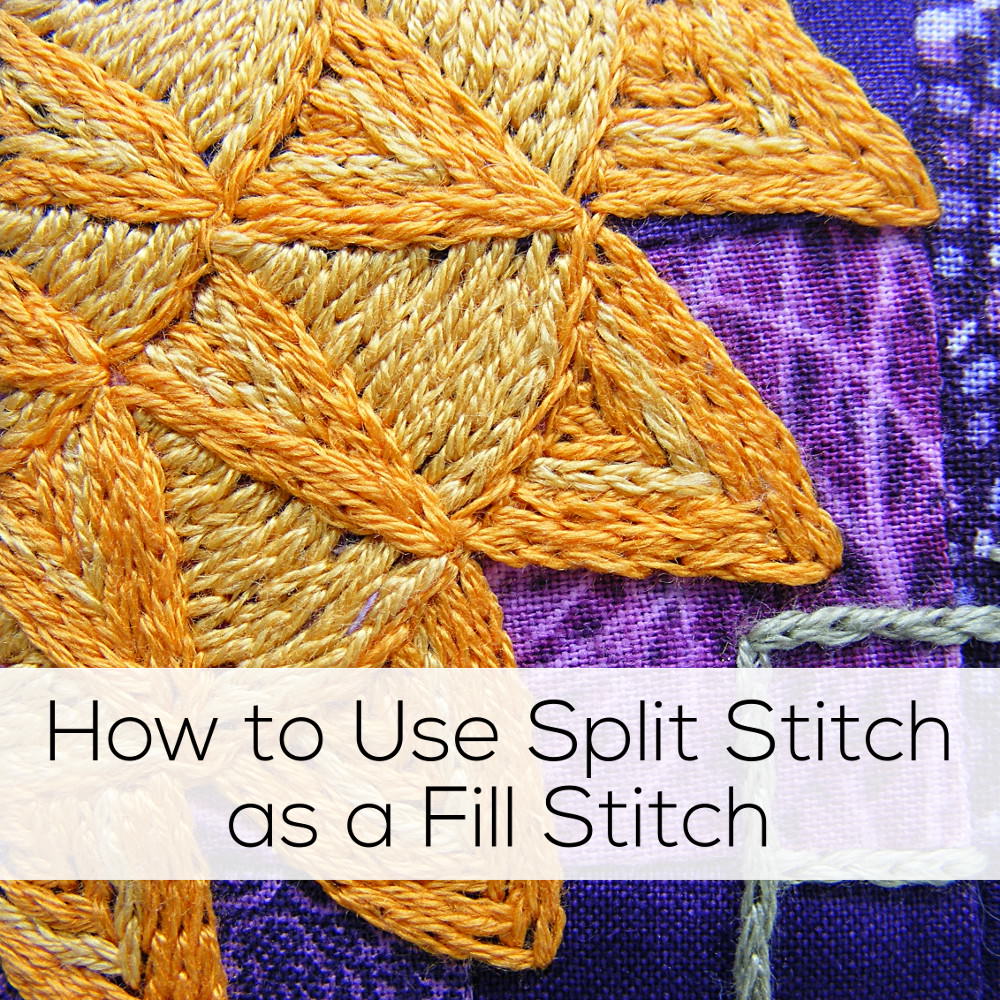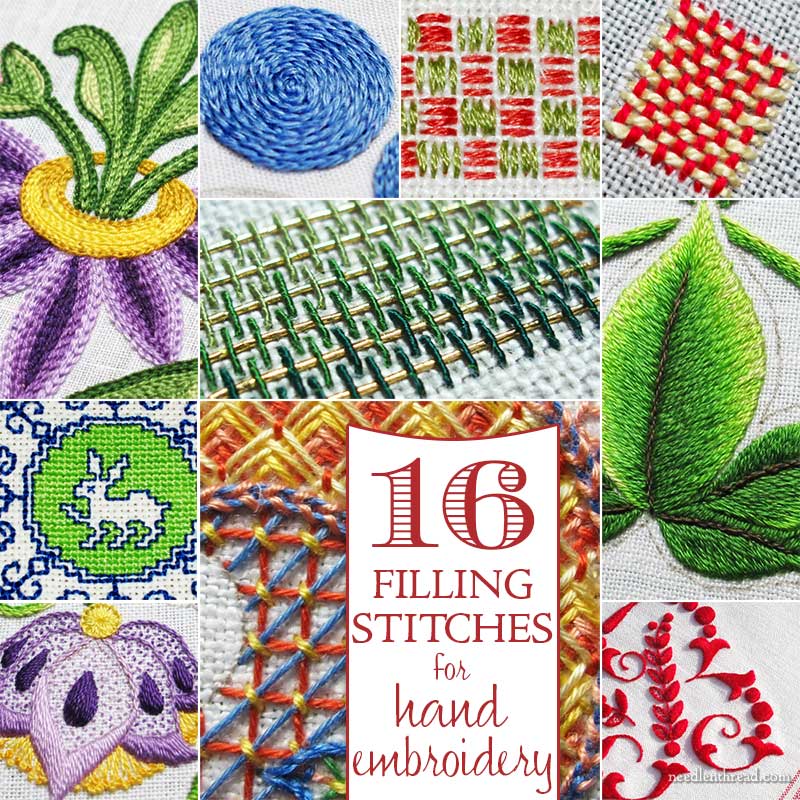Fill In Embroidery Stitches
If you enjoy embroidery, then you are likely familiar with fill in embroidery stitches. These stitches are an essential part of many embroidery projects, from creating intricate designs to adding texture and detail to a piece. In this blog post, we'll delve into the world of fill in embroidery stitches and explore what makes them so important in this timeless craft.
What Are the Pain Points of Fill in Embroidery Stitches?
Embroidery can be a relaxing and enjoyable hobby, but it can also present its challenges. One of the main pain points related to fill in embroidery stitches is mastering the technique. It can take time and practice to perfect the stitch and ensure the desired effect is achieved. Another issue can be getting the right fabric and thread to create the desired look.
What is the Target of Fill in Embroidery Stitches?
At their core, fill in embroidery stitches help create depth and texture in embroidery projects. They are used to fill in spaces with color and texture, creating a cohesive and visually appealing design. From blankets and pillows to clothes and accessories, fill in embroidery stitches can add a unique touch to any project.
What are Some Popular Types of Fill in Embroidery Stitches?
There are countless fill in embroidery stitches to choose from, but some of the most popular types include the long and short stitch, satin stitch, and split stitch. The long and short stitch is useful for shading and creating smooth color gradients. Satin stitch is ideal for filling in large spaces for a bold look. Split stitch is perfect for creating delicate details and texture.
Why Are Fill in Embroidery Stitches Important?
Fill in embroidery stitches are an essential part of creating a polished and professional-looking embroidery project. By filling in spaces with color and texture, these stitches help bring designs to life and can make a piece stand out. Beyond their visual appeal, fill in embroidery stitches are also a great way to express creativity and add a personal touch to any project.
What Are Tips for Mastering Fill in Embroidery Stitches?
If you're looking to improve your fill in embroidery stitch technique, here are some tips to keep in mind:
- Use the right type of thread for your project. Thicker threads will create bolder stitches, while thinner threads are ideal for fine details.
- Practice, practice, practice! Fill in embroidery stitches take time and patience to master, so don't be discouraged if it takes a few tries to get it right.
- Use the right needle for your thread and fabric. A needle that is too thick or too thin can impact the final result of your stitches.
- Start with smaller projects and work your way up to more complex designs. This will help you build your skills and gain confidence in your stitch technique.
Question and Answer
Q: What is the best fabric to use for fill in embroidery stitches?
A: Choosing the right fabric is essential for achieving the desired effect with fill in embroidery stitches. A tightly woven fabric, like cotton or linen, will provide a stable base for your stitches and allow the thread to hold its shape.
Q: How can I add variation and interest to my fill in embroidery stitches?
A: Experimenting with different threads, colors, and stitch techniques can add variety and interest to your fill in embroidery stitches. Don't be afraid to mix and match different styles to create a unique look.
Q: Can I use fill in embroidery stitches for lettering and text?
A: Absolutely! Fill in embroidery stitches can be used for any part of your design that you want to add color and texture to, including lettering and text.
Q: How do I choose the right fill in embroidery stitch for my project?
A: Consider the size of the space you need to fill in, the desired texture and effect, and the overall style of your project when choosing the right fill in embroidery stitch. Don't be afraid to experiment with different stitches to find the one that works best for your project.
Conclusion of Fill in Embroidery Stitches
Fill in embroidery stitches are a crucial and versatile part of embroidery. Whether you're a seasoned pro or just starting, mastering these stitches can take your projects to the next level. Remember to choose the right fabrics and threads, practice, and be patient. With a little time and effort, you'll be creating beautiful and unique embroidery designs in no time.
Gallery
Embroidery Fill Stitches #Embroiderystitches | Bordados A Mão, Bordados

Photo Credit by: bing.com / embroidery stitches eye broderie posting glazig crewel ellascraftcreations bordar ribbon dorset costura puntadas
Royce's Hub: Basic Embroidery Stitches : Long And Short Stitch

Photo Credit by: bing.com / long stitch short embroidery stitches filling needle painting royce hub leaf advantage satin over
Learn Hand Embroidery Stitches With Carol

Photo Credit by: bing.com / статьи
How To Use Split Stitch As A Fill Stitch - Video | Shiny Happy World

Photo Credit by: bing.com /
16 Filling Stitches For Embroidery – NeedlenThread.com

Photo Credit by: bing.com / embroidery stitches filling stitch needlenthread patterns hand fill blackwork tutorial satin nuts needlepoint machine choose board techniques